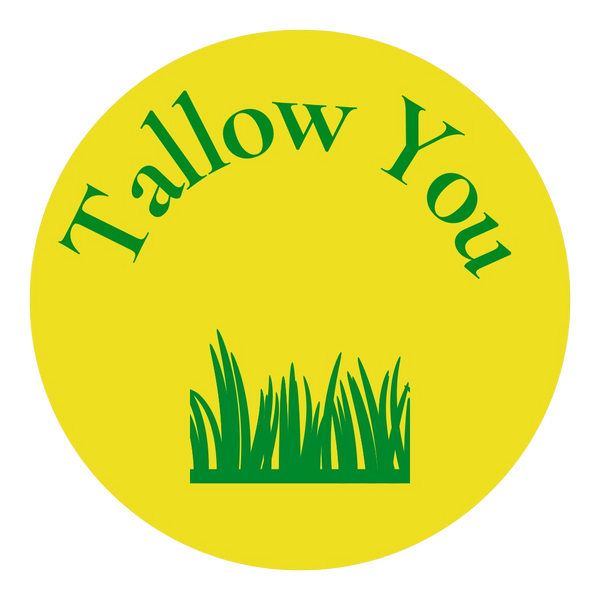When you think of skincare, you might picture trendy serums or creams with ingredient lists you can’t pronounce. But here’s the truth: some of the best skincare ingredients aren’t new at all.
In fact, humans have been using tallow on their skin for thousands of years. And it’s only recently that we lost touch with it.
Let’s take a quick trip through history.
And, unlike any other tallow brand we've seen, we've included reliable sources to back everything in this blogpost.
Ancient Wisdom: Egypt, Rome & China
In ancient Egypt, people took skincare seriously. The sun was harsh, the air was dry, and smooth, moisturized skin was a symbol of health and beauty. Archaeologists have found small jars in tombs filled with what was once fat-based creams — often beef or pig fat mixed with herbs and fragrant oils.
👉 Traditional ancient Egyptian medicine: A review
The Egyptians weren’t alone. In ancient Rome, writers like Pliny the Elder described using hog’s lard and beef suet (tallow) to treat dry skin, rashes, and more. He even wrote that “sow’s grease is the most useful of all cosmetics for women.”
👉 Pliny's Natural History, Book 28
Over in ancient China, archaeologists uncovered a 2,700-year-old cosmetic jar filled with a cream made from beef tallow and “moonmilk” (a natural mineral). It’s one of the oldest face creams ever discovered!
👉 Nature article: Bronze Age Chinese face cream

The Middle Ages: Simple, Natural, Effective
During the Middle Ages, natural skincare was still the norm. Medieval medical texts like The Trotula (a collection of women’s health remedies from 12th-century Italy) recommended mixing tallow with herbs to treat dry, rough skin.
👉 The Trotula, translated by Monica Green
In the Islamic Golden Age, doctors like Al-Zahrawi (Albucasis) used tallow-based salves in their medical writings. One remedy mixed tallow, honey, iris oil, and marshmallow root to heal cracked hands and soften skin.
👉 Albucasis on Ointments
These cultures understood that animal fat was deeply moisturizing and acted as a carrier for herbs and oils — exactly what we want in a natural balm today. Medieval physicians framed skin care in the context of humoral theory, so moistening, nourishing fats were used to correct “dry” or cold humors in the skin.
Early Modern Times: DIY Beauty Lives On
In the 1600s to 1800s, tallow was still a staple in home remedies and pharmacy guides. Families made their own creams using mutton suet, lard, or beef tallow mixed with lavender, lemon, or bergamot oil. These homemade recipes were passed down like family secrets.
👉 The Art of Perfumery, 1854 – George W. Septimus Piesse
Tallow also used to be used to make glycerin, a very common ingredient in moisturisers today and in the past. However, almost all glycerin today is made from seed oils as a byproduct of soap or biodiesel manufacturing as it is much cheaper and can be marketed as 'vegan'.
Why Tallow Makes Sense Today
So why did so many different cultures — across time and geography — use tallow on their skin?
Because it works.
Tallow is rich in vitamins A, D, E, and K, and it closely mimics your skin’s natural oils (called sebum). That means it absorbs beautifully, supports your skin’s barrier, and helps lock in moisture — without clogging pores or feeling greasy.
Unlike many modern lotions full of artificial fillers and chemical preservatives, tallow is natural, nutrient-rich, and deeply nourishing. Especially for dry, sensitive, or mature skin — it just makes sense.
A Tradition Worth Returning To
At Tallow You, we’re proud to carry on this ancient tradition with our grass-fed Australian tallow balms. Our products are made simply and with care — just like they were thousands of years ago.
Your skin doesn’t need the latest lab experiment.
It needs something time-tested.
It needs tallow.
